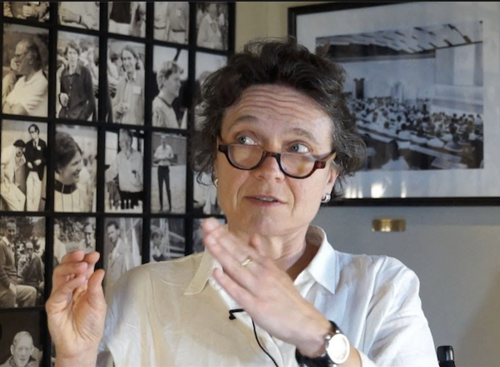
In the World View section of Nature Cell Biology, Karla Neugebauer discusses her viewpoint on the role of cell biology in climate change. For the past year, Neugebauer has been heavily active in making the connection between the two in the undergraduate class MB&B 365: Biochemistry and our Changing Climate. In this full semester course, she taught students how environmental changes can alter molecular parameters in our living world, and why certain interventions (like feeding cows algae) have a molecular basis in helping fight the climate crisis (cows produce lower levels of methane).
The course has inspired her to not only relate cell biology to her understanding of climate change, but also find climate change-related applications for her research. For example, after learning the effects of heat stress on coral and algae symbiosis, she found that alternative splicing is finely tuned in algal cells by changes in temperature. Neugebauer took this information to her current research on pre-mRNA splicing in HeLa cells and expanded it to include algal cells. In the article, she comments that audiences are pleasantly surprised to see the relevance of her research to climate change and encourages us to try to make the same connections.
Neugebauer discusses more about how most undergraduate curricula for STEM fields don’t currently include a lot of climate change related material. Instead, that topic is left to the earth sciences department to teach the concept of global warming, but it often lacks the interdisciplinary component that is required to inspire change and solutions. She stresses how important it is to include climate change in other courses to promote a complete understanding of the field.
In this perspective piece, Neugebauer ends with a proclamation- “To the next generation of cell biologists, you are relevant! Imagine how, and either teach it or do it. To seventeen-year-olds, trust in the importance of what you are learning and move forward with courage!”
The full article, in Karla’s own words, can be found here.
By: Shravani Balaji